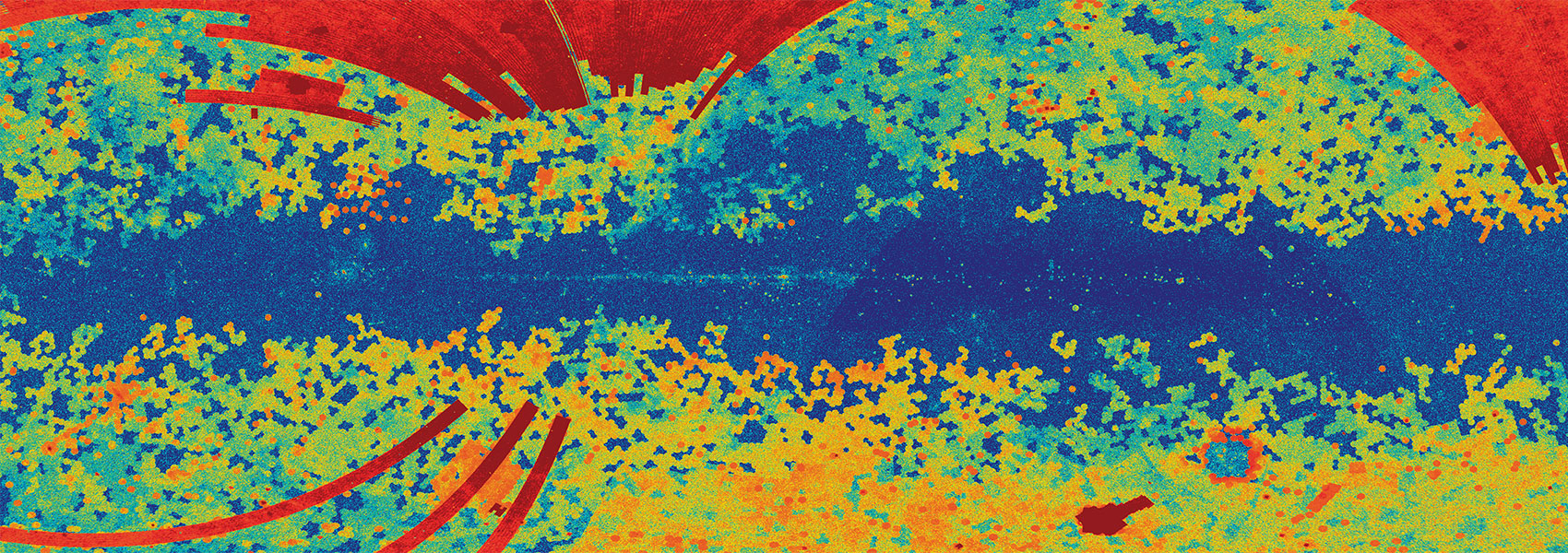May
2011
•
2011ApJ...733...21B
Authors
•
Bussmann, R. S.
•
Dey, Arjun
•
Lotz, J.
•
Armus, L.
•
Brown, M. J. I.
•
Desai, V.
•
Eisenhardt, P.
•
Higdon, J.
•
Higdon, S.
•
Jannuzi, B. T.
•
Le Floc'h, E.
•
Melbourne, J.
•
Soifer, B. T.
•
Weedman, D.
Abstract
•
We present Hubble Space Telescope imaging of 22 ultra-luminous infrared galaxies (ULIRGs) at z ≈ 2 with extremely red R - [24] colors (called dust-obscured galaxies, or DOGs) which have a local maximum in their spectral energy distribution (SED) at rest-frame 1.6 μm associated with stellar emission. These sources, which we call "bump DOGs," have star formation rates (SFRs) of 400-4000 M sun yr-1 and have redshifts derived from mid-IR spectra which show strong polycyclic aromatic hydrocarbon emission—a sign of vigorous ongoing star formation. Using a uniform morphological analysis, we look for quantifiable differences between bump DOGs, power-law DOGs (Spitzer-selected ULIRGs with mid-IR SEDs dominated by a power law and spectral features that are more typical of obscured active galactic nuclei than starbursts), submillimeter-selected galaxies, and other less-reddened ULIRGs from the Spitzer Extragalactic First Look Survey. Bump DOGs are larger than power-law DOGs (median Petrosian radius of 8.4 ± 2.7 kpc versus 5.5 ± 2.3 kpc) and exhibit more diffuse and irregular morphologies (median M 20 of -1.08 ± 0.05 versus -1.48 ± 0.05). These trends are qualitatively consistent with expectations from simulations of major mergers in which merging systems during the peak SFR period evolve from M 20 = -1.0 to M 20 = -1.7. Less-obscured ULIRGs (i.e., non-DOGs) tend to have more regular, centrally peaked, single-object morphologies rather than diffuse and irregular morphologies. This distinction in morphologies may imply that less-obscured ULIRGs sample the merger near the end of the peak SFR period. Alternatively, it may indicate that the intense star formation in these less-obscured ULIRGs is not the result of a recent major merger.
Links




